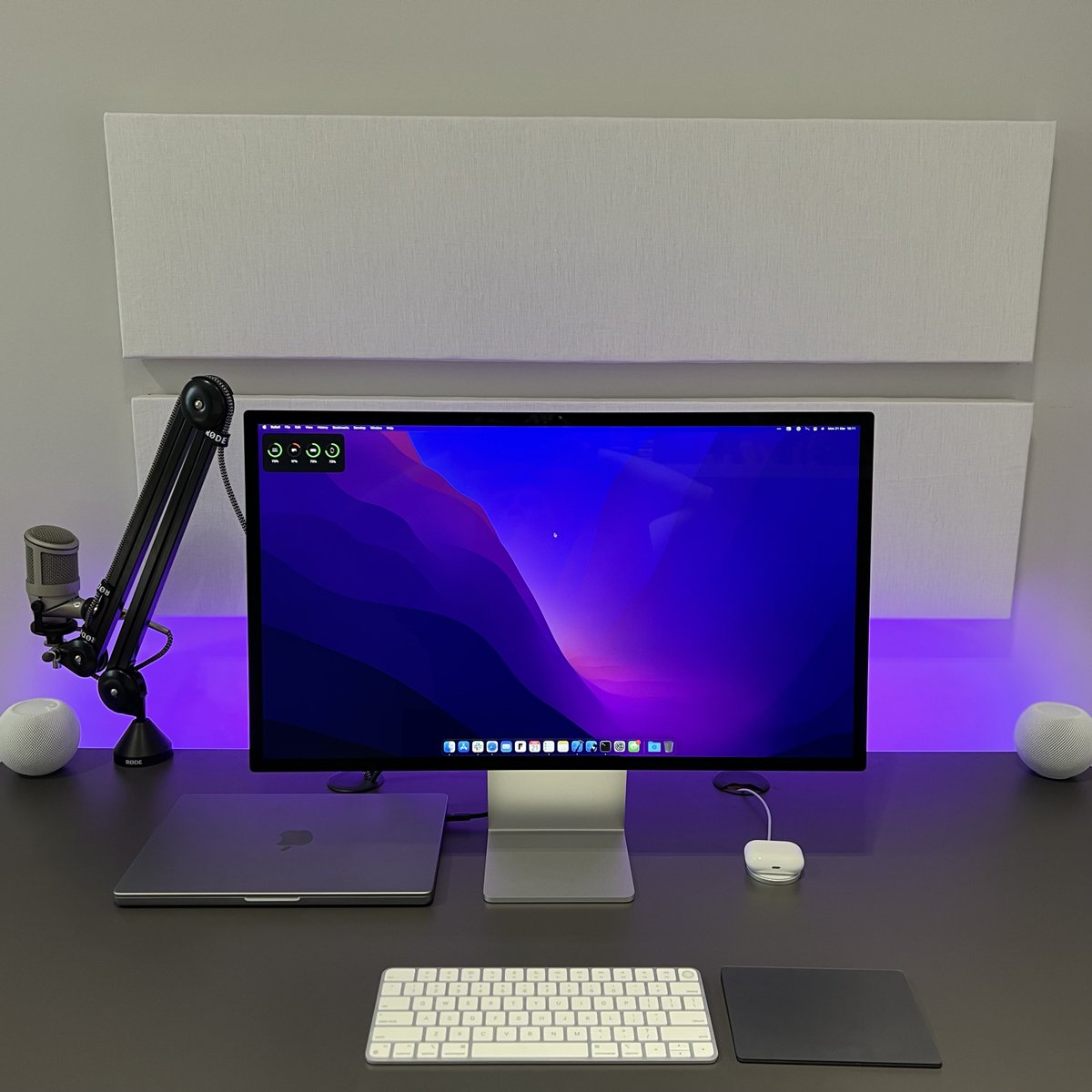🧵1/6 Notes from watching #WWDC22 “What’s new in privacy” from a Mac developer’s perspective:
🧵2/6 macOS Ventura finally adds a unified API for apps to manage helpers, agents, and daemons. When an app registers itself (or a helper) to launch at login, the user is notified about it. The panel in Settings clearly distinguishes login items added by the user vs. by apps 

🧵3/6 Another change is that apps on macOS may no longer update/modify apps that are not signed by the same development team, unless the other app declares the third-party team ID in its Info.plist This will lead to some scary dialogs before everyone adapts to this new model 

🧵4/6 I’m quite happy about these changes. The new login item management API makes it easier for apps to manage helpers, agents, or daemons, while increasing transparency and user control at the same time. The other change increases the overall security/stability of the system.
🧵5/6 On the business side of things, this gives me more confidence that Apple still cares about “traditional” Mac app behaviors such as the ability to register login items for Menu Bar helpers, and the distribution of Mac apps outside the App Store
🧵6/6 Speaking of macOS Menu Bar helpers, if you’ve been looking for how to make one, in macOS Ventura you can do it entirely in SwiftUI: developer.apple.com/documentation/…
Speculative side note: this is the sort of API improvement you’d expect Apple to make if they ever plan on bringing support for this sort of thing on iPadOS 👀
• • •
Missing some Tweet in this thread? You can try to
force a refresh







